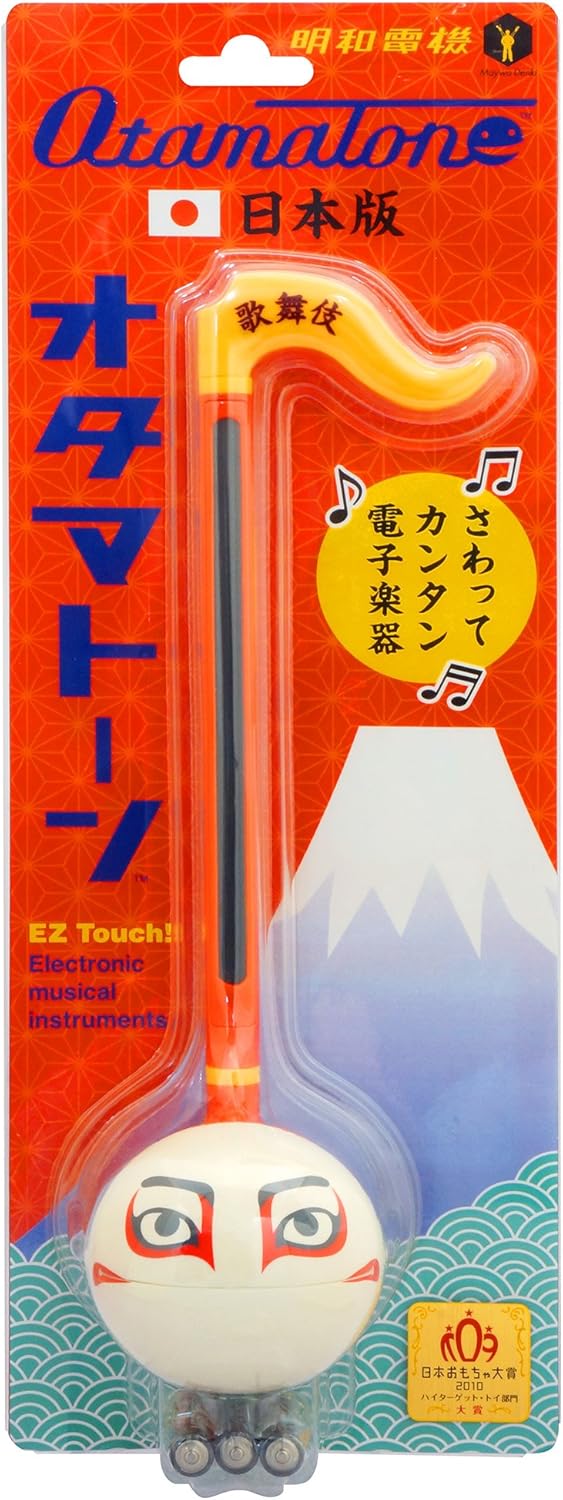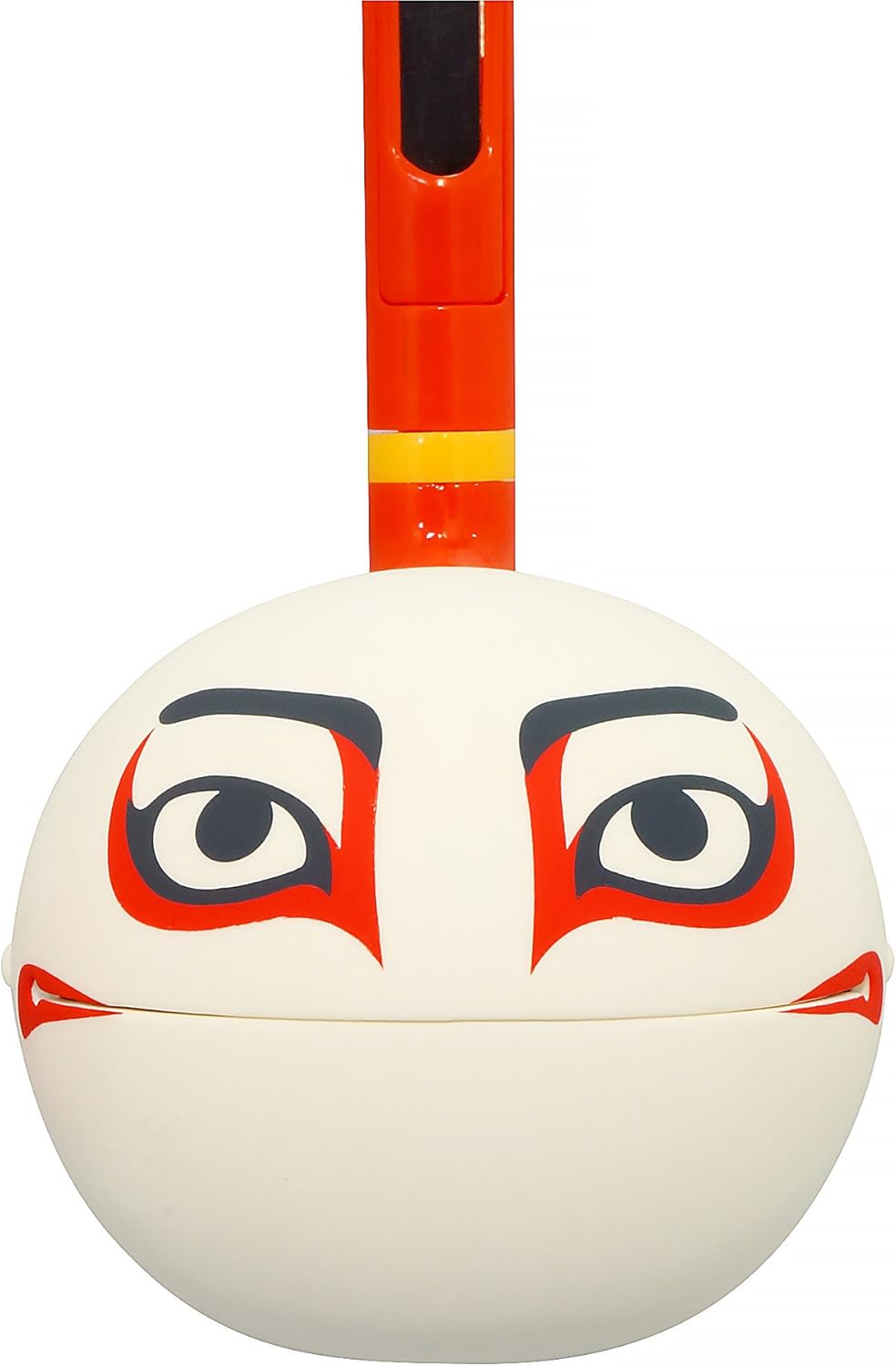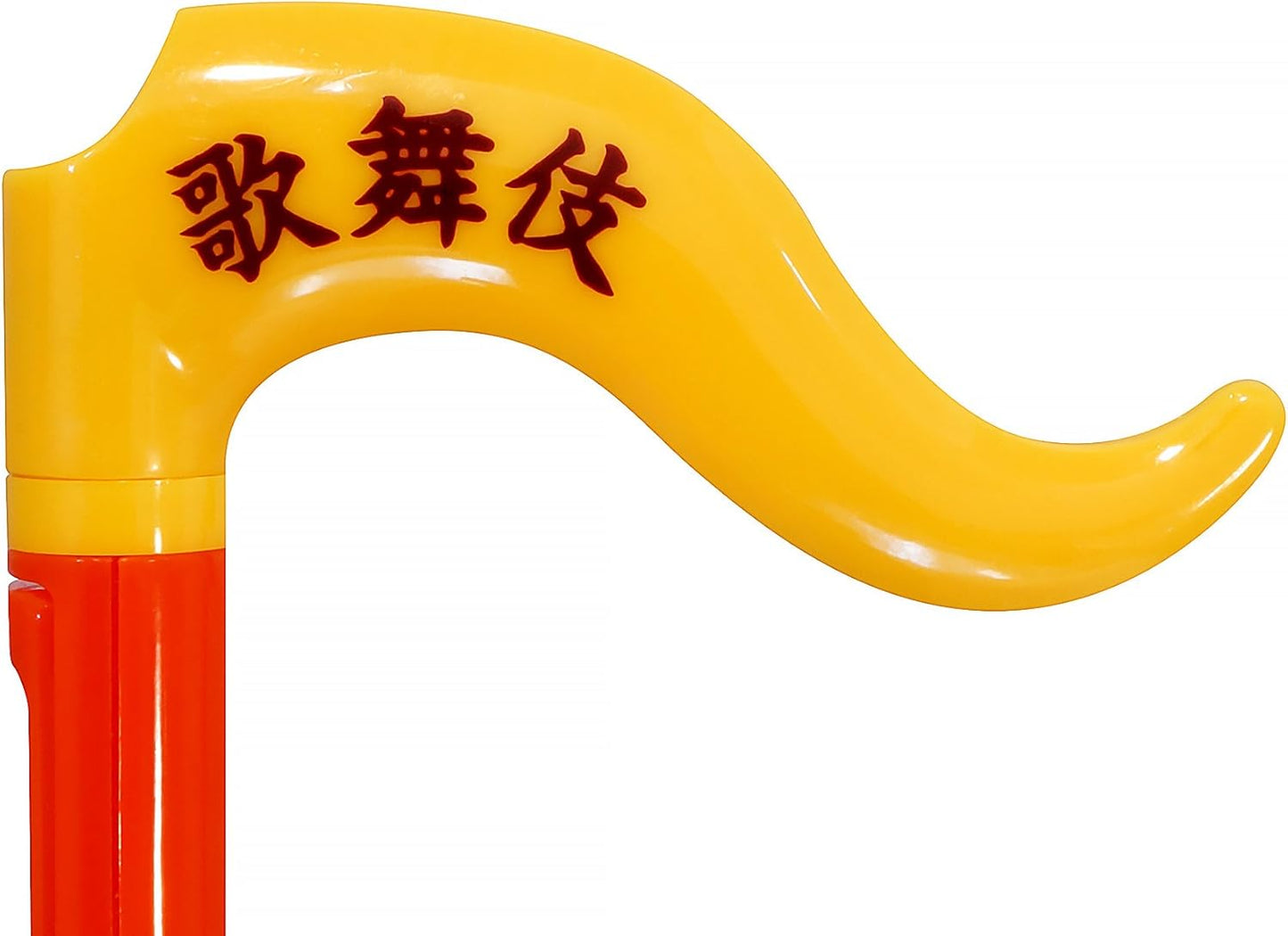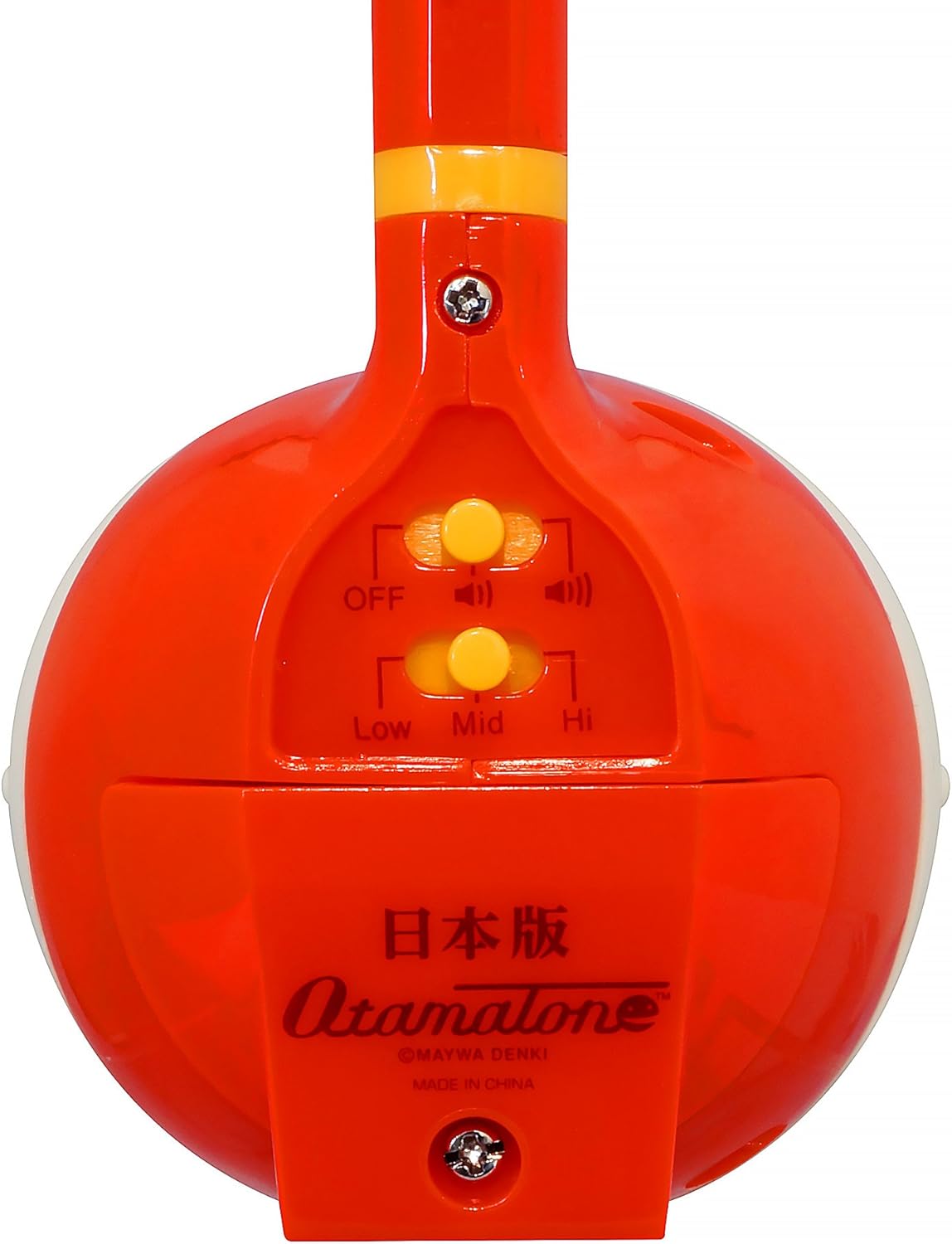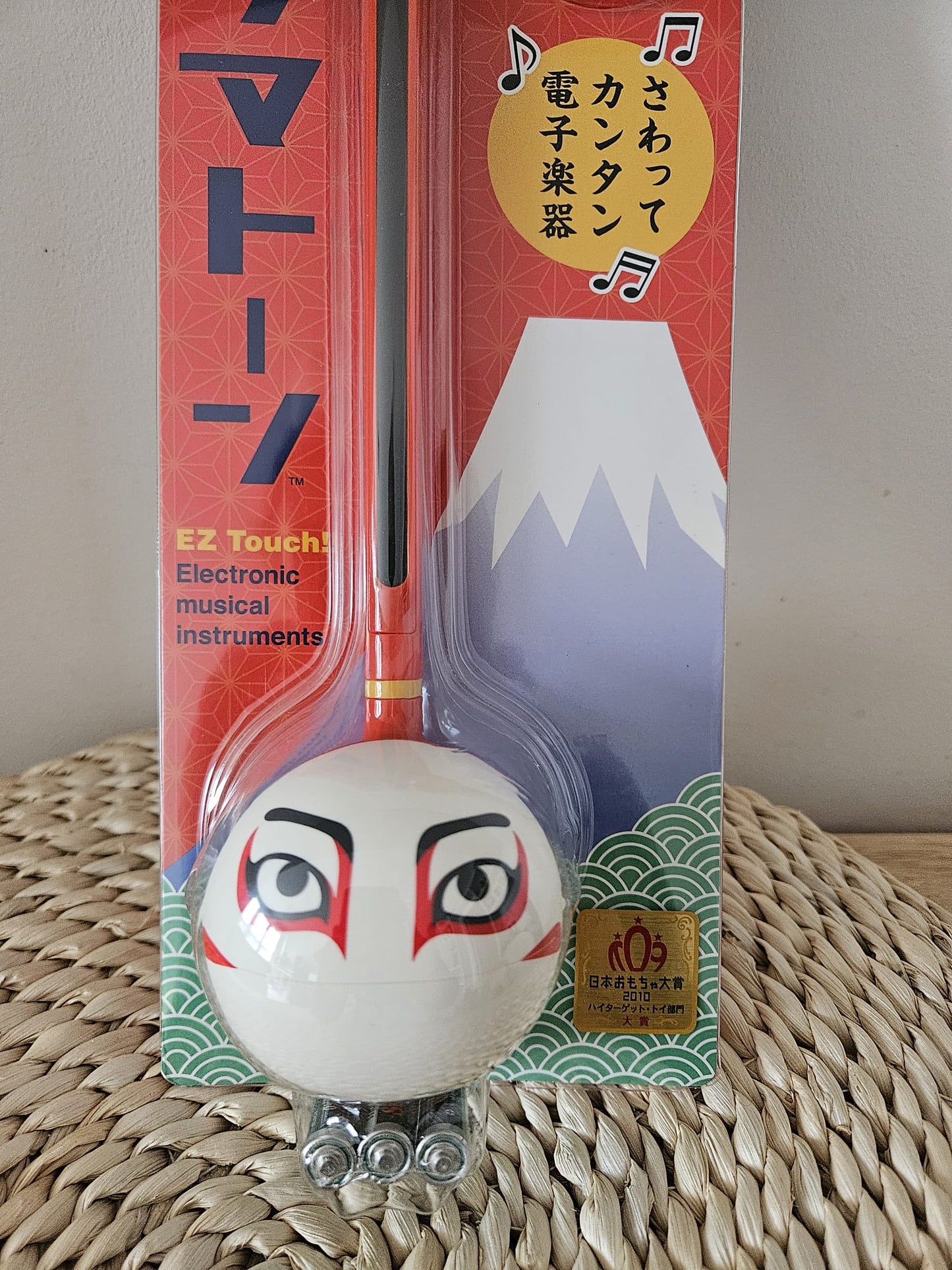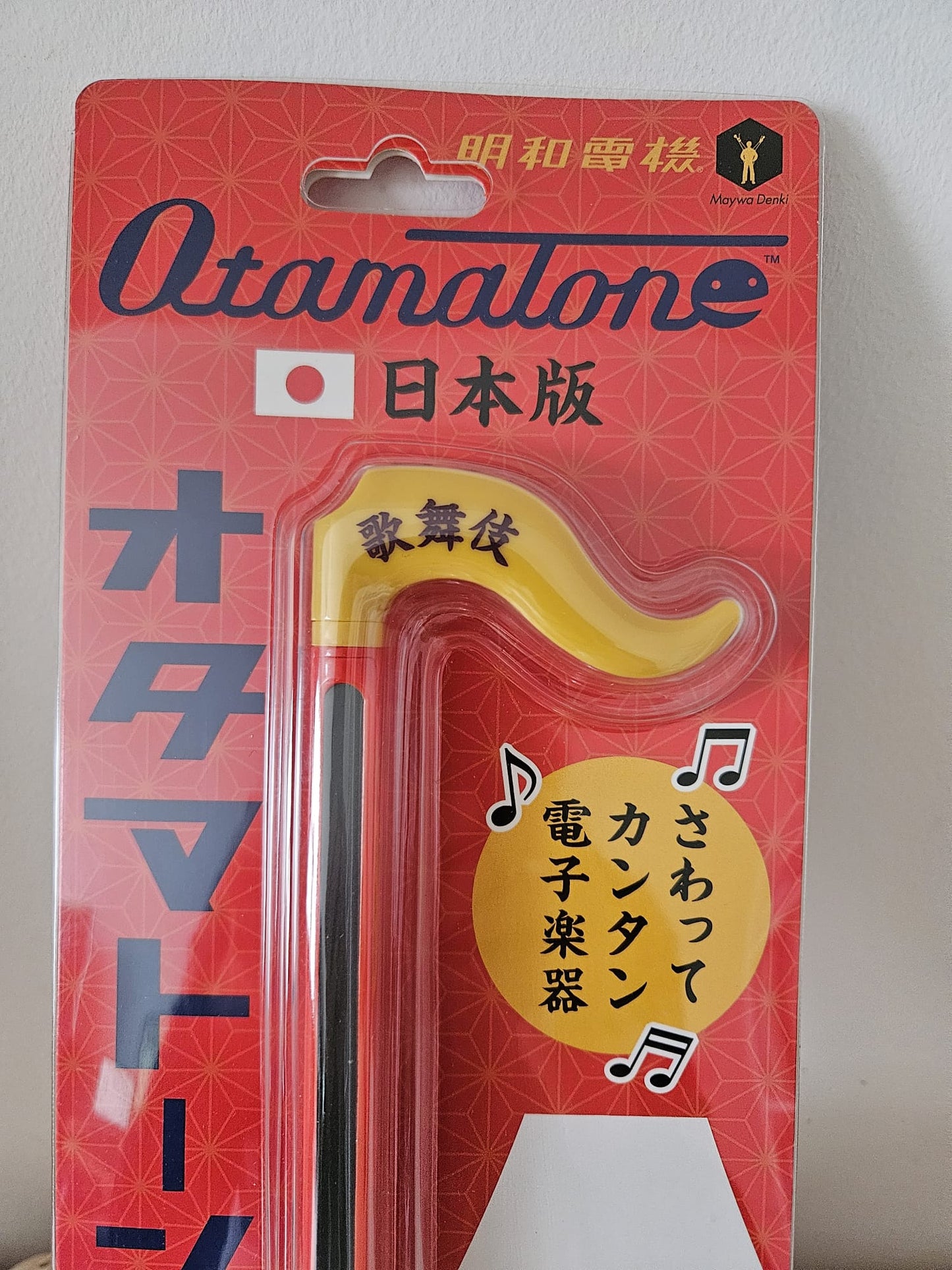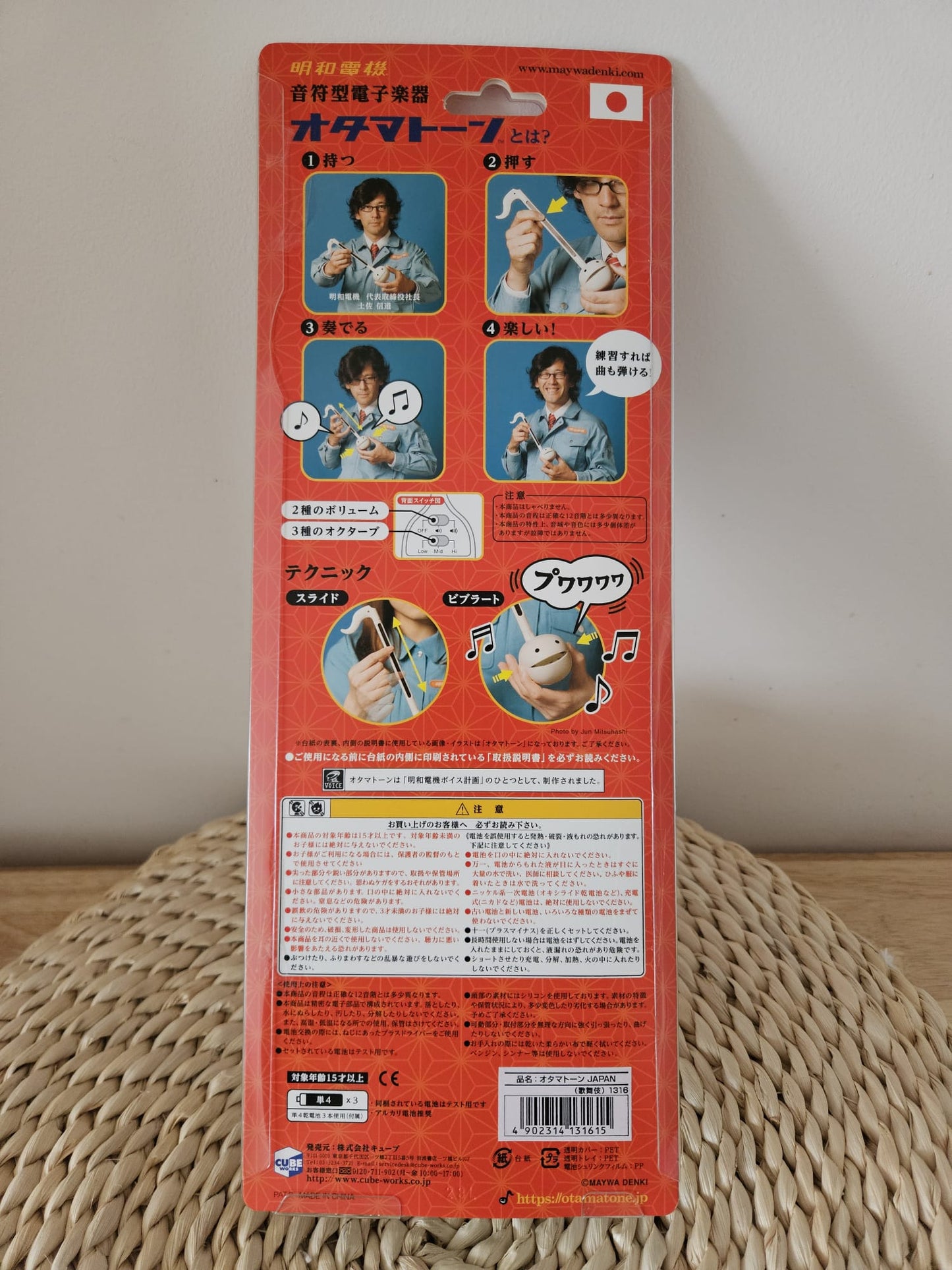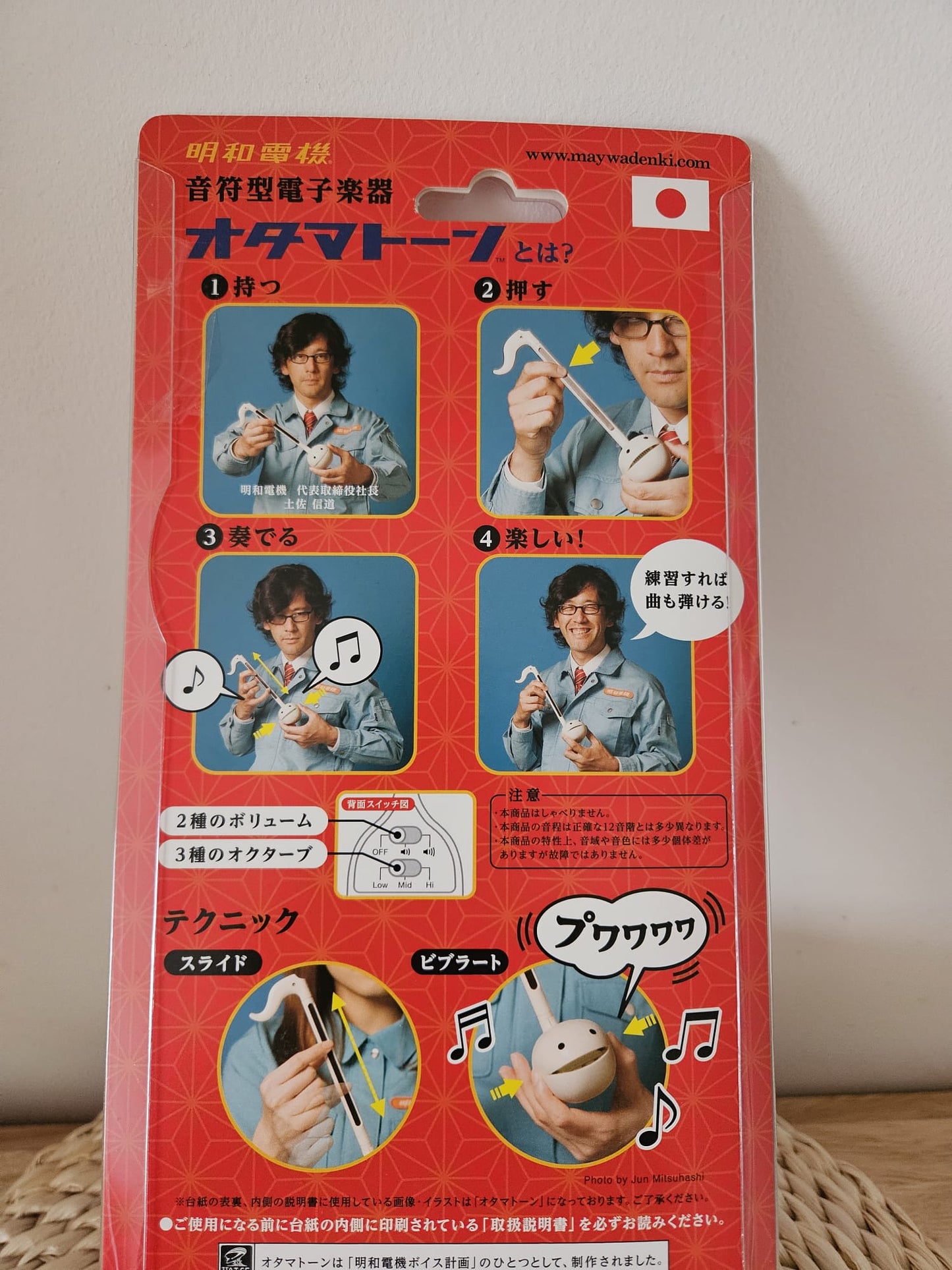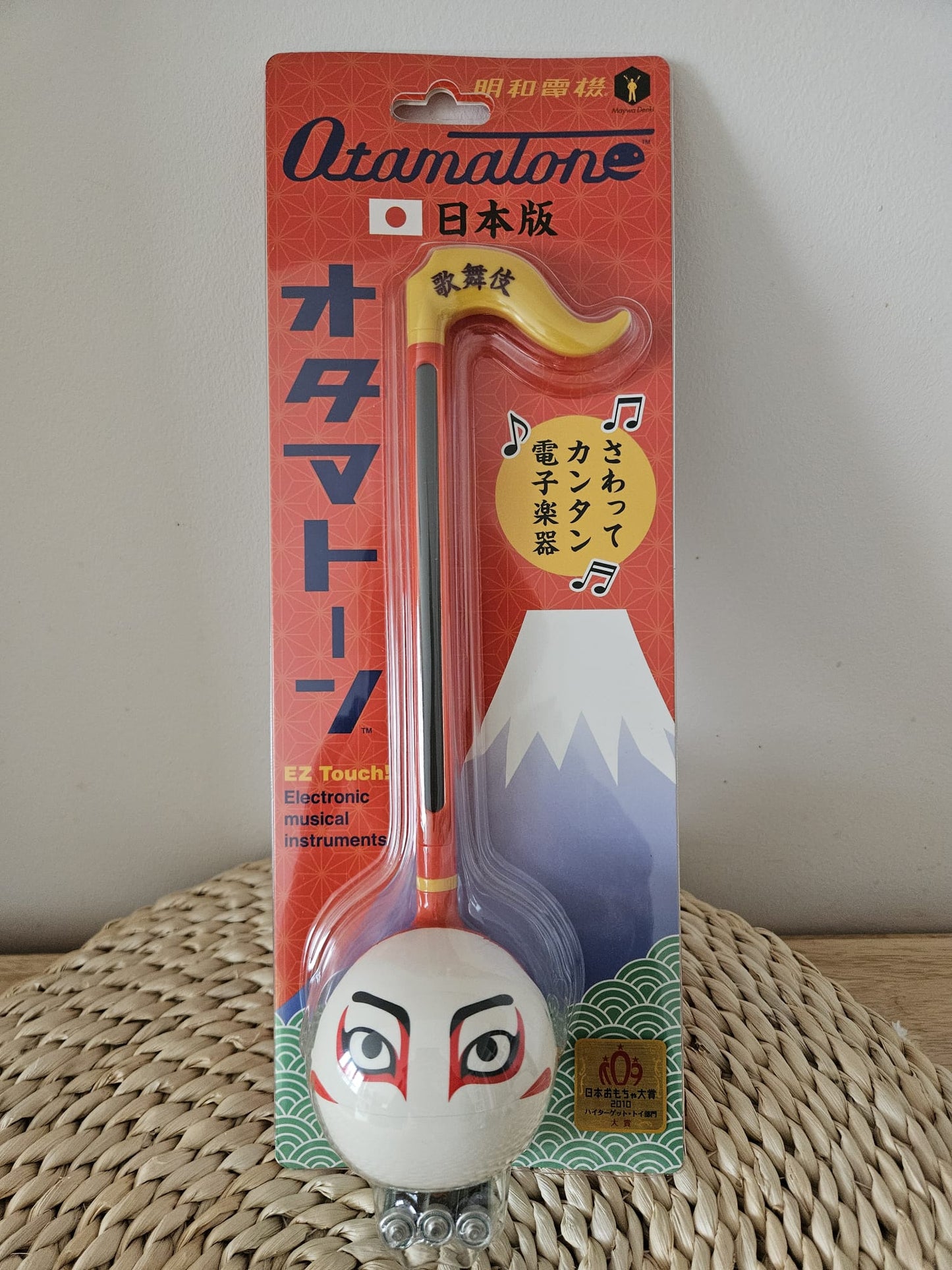My Store
Otamatone Kabuki Maywa Denki Electronic Musical Instrument synthesizer
Otamatone Kabuki Maywa Denki Electronic Musical Instrument synthesizer
Couldn't load pickup availability
Product description
Introducing the Otamatone Kabuki Electronic Musical Instrument synthesizer which comes in white colour and features a touch-sensitive screen that allows for easy navigation and customization of sounds. The Otamatone Kabuki is a unique and fun electronic musical instrument that will allow you to create your own music. It is perfect for beginners and advanced musicians alike.
This electronic instrument is a great option for adults and parents who are looking for a fun and engaging musical instrument for their child. This music instrument is perfect for all occasions and is designed to bring joy to any musician. The instrument is made by CUBE. This unique sound toy is a perfect gift for your older teenagers (15+) and adults looking to experiment with learning a new skill. Please note this item is battery operated.
Please note that if you are quite experienced in playing Otamatone, you may prefer the Deluxe versions instead. Please handle and store it carefully. It may cause unexpected injuries. Small parts. Never put it in your mouth.
Product features
- The otamatone can be played easily and has an analog to digital sound motion with the sounds of a drum.
- This product is for ages 15 and up.
- The single note chord has three phases High, Middle and Low.
- It has the parts divided equally and can be assembled dynamically.
- The sound tone of this product may vary slightly from the exact 12 musical scale.
- Size 12.7 x 7.6 x 35.6 cm
- Requires batteries
- 2 volume switches and 3 octave switches low, medium, and high (Hi).
How to use it
- Just press the switch to make a sound, and when you squish your mouth to make vibrato.
- Just press the switch to make sound easily.
- Slide your finger to connect the sounds, and crank your mouth to change the sound.
- You can even shake your fingers to make it vibrato! It is the perfect otamatone for your first adventure with it!
Further information
What is Otamatone?
Otamatone is an electronic instrument shaped in the form of a musical note. Otamatone is a cute, quirky, and fun to play electronic musical toy characterized by its eighth note-shaped body, adorable moving mouth, and silly, buzzing, amusingly off-key sound, aka "voice".
Developed by design firm Maywa Denki, it was first released in Japan in 2009 and has been the country’s best-selling musical toy ever since.
Innovative, unique, and now a popular toy worldwide, the Otamatone has earned high praise from fans and the toy industry alike, including the Japan Toy Association’s grand prize Japanese Toy Award in their ’High Target’ toy division.
The Otamatone creates electronic tones that you can control based on the position of your finger on the touch-sensitive fretboard. Use a switch on the back to choose an octave and slide your fingers up and down to play different notes.
Open the Otamatone’s mouth with a squeeze to change the sound from a hum to an “ahh” and create a “Wah Wah” effect.
It looks and plays like a toy, but the more you use it, the more you see the position of your "otamatone" sound. Even if you don’t have a sheet music while you use it, you may be able to play tunes with the melodies. You can also play songs by practicing in a simple manner. This synthesizer has been topping Japan’s list of instruments and even made it to Spain’s got Talent!
What is the story behind Kabuki?
Kabuki is a classical form of Japanese theatre, mixing dramatic performance with traditional dance. Kabuki generally refers to the theatrical performance is known for its heavily stylised performances, its glamorous, highly decorated costumes, and for the elaborate kumadori make-up worn by some of its performers.
A little bit about the meaning of Kumadori make-up:
- Red symbolizes strength and passion.
- Indigo blue and black represent fear and malevolence, often worn by villains and demons.
- Green signifies ghosts or supernatural beings.
- Purple signifies nobility.
The term kabuki originates from a verb that was used to describe young samurai patrons, meaning "being weird" or "offbeat". Kabuki is thought to have originated in the early Edo period, when the art’s founder, Izumo no Okuni, formed a female dance troupe that performed dances and light sketches in Kyoto.
The art form later developed into its present all-male theatrical form after women were banned from performing in kabuki theatre in 1629. Kabuki developed throughout the late 17th century and reached its zenith in the mid-18th century. After 1868, when Japan opened to Western influence, actors strove to heighten the reputation of Kabuki among the upper classes and to adapt the traditional styles to modern tastes. Today, Kabuki is the most popular of the traditional styles of Japanese drama.
Share

